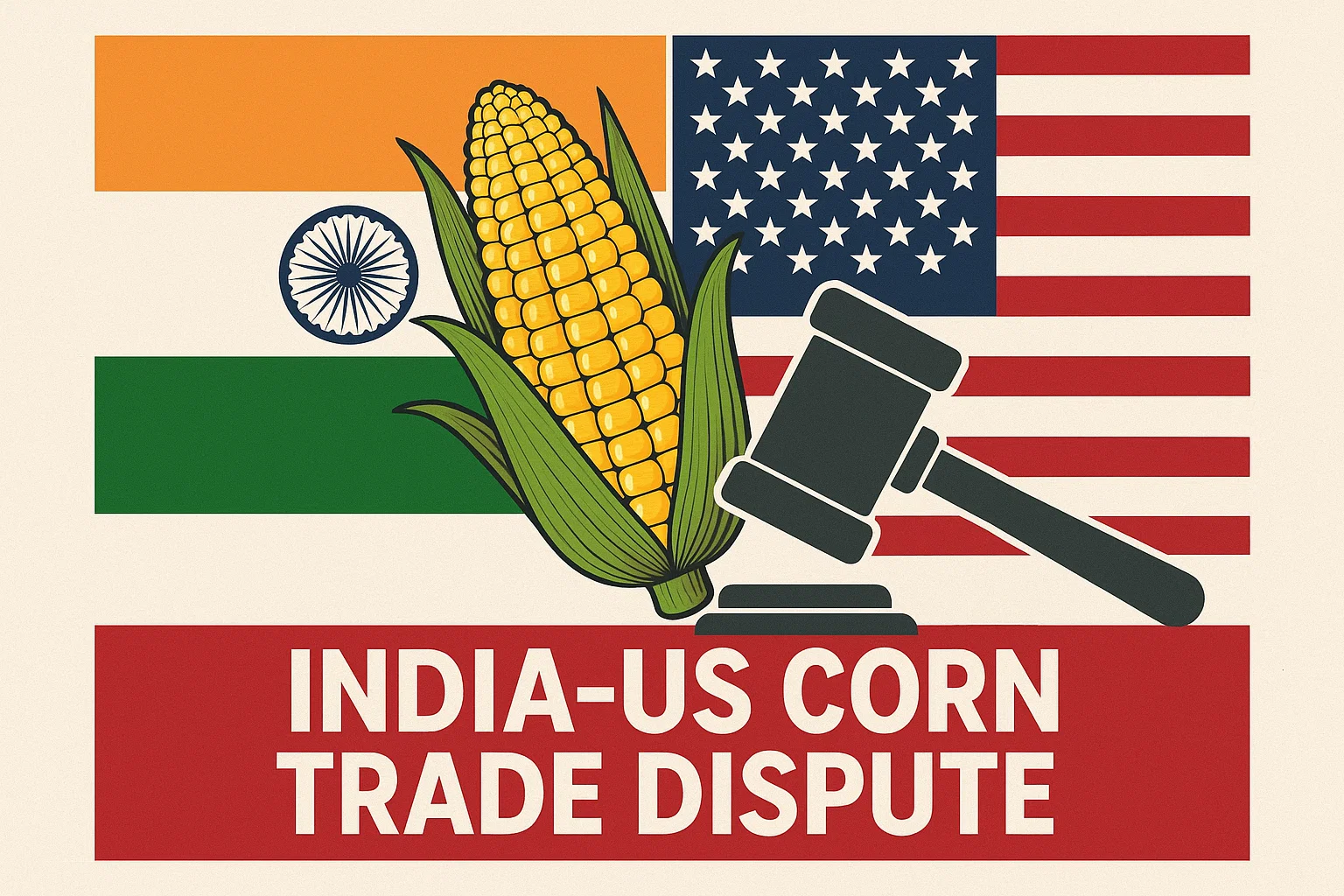Font size:
Print
India’s EV Battery Waste Management
The missing link in India’s battery waste management
Context: India’s rapid electrification—especially in the Electric Vehicle (EV) and renewable energy sectors—has led to an exponential rise in lithium-ion battery usage, by which the country faces a mounting crisis of battery waste.
What is Driving India’s EV Battery Demand?
- Rapid Electrification: India’s focus on decarbonisation has accelerated electric vehicle (EV) adoption, with EV lithium battery demand projected to surge from 4 GWh in 2023 to 139 GWh by 2035.
- Renewable Energy Growth: The expanding renewable energy sector, particularly battery energy storage systems (BESS), is increasing lithium battery demand to support India’s Net Zero goal by 2070.
- E-Waste Volume: In 2022, lithium batteries contributed 700,000 metric tonnes to India’s 1.6 million metric tonnes of e-waste, highlighting the scale of the challenge.
Why is Battery Recycling Critical?
- Environmental Risks: Improper disposal of lithium batteries leads to hazardous material leakage into soil and water, causing severe environmental degradation.
- Economic Impact: Inadequate recycling could result in over $1 billion in foreign exchange losses by 2030 due to reliance on imported minerals like cobalt, lithium, and nickel.
- Resource Recovery: Efficient recycling of valuable minerals in lithium-ion batteries can reduce India’s import dependence, fostering economic and strategic benefits.
How Does the Battery Waste Management Rules (BWMR) 2022 Address This?
- Extended Producer Responsibility (EPR): The BWMR mandates producers to fund battery collection and recycling, aiming to create a closed-loop battery value chain.
- EPR Certificates: Producers rely on recyclers to meet recycling targets, with recyclers receiving a minimum EPR floor price for issuing certificates that verify compliance.
- Objective: Ensure sustainable management and recycling of battery waste to mitigate environmental and economic risks.
What are the Challenges with the EPR Floor Price?
- Inadequate Pricing: The current EPR floor price is too low to cover the high costs of advanced processing technologies, safe transportation, and skilled labour required for proper lithium battery recycling.
- Economic Viability: Low prices make it unsustainable for legitimate recyclers to operate, encouraging informal and fraudulent recyclers who issue false certificates or dump hazardous waste.
- Market Distortions: Informal recycling practices, seen previously in India’s plastic waste sector, create perverse incentives and undermine the circular economy.
Where Can Improvements Be Made?
- Fair EPR Floor Price: India should adopt a globally comparable EPR floor price (e.g., the UK’s ~₹600/kg for EV battery recycling vs. India’s proposed rate, which is less than a fourth of that) to reflect true recycling costs.
- Robust Enforcement: Implement strong audit systems, digitise EPR certificate issuance and tracking, and impose stringent penalties for fraud and non-compliance.
- Formalising Informal Recyclers: Integrate informal recyclers into the formal sector through training and regulatory support to eliminate hazardous practices and expand recycling capacity.
How Can India Transform Battery Waste into Opportunity?
- Sustainable Recycling Ecosystem: A fair EPR floor price can ensure recyclers operate sustainably without passing costs to consumers, as manufacturers can absorb higher recycling costs due to declining global metal prices.
- Circular Economy Benefits: Efficient recycling can recover valuable minerals, reduce import dependence, and foster green growth.
- Global Hub Potential: India’s talent in metallurgy and chemical engineering, combined with growing interest from foreign companies (e.g., from Singapore and Germany), positions it to become a global battery recycling hub.



